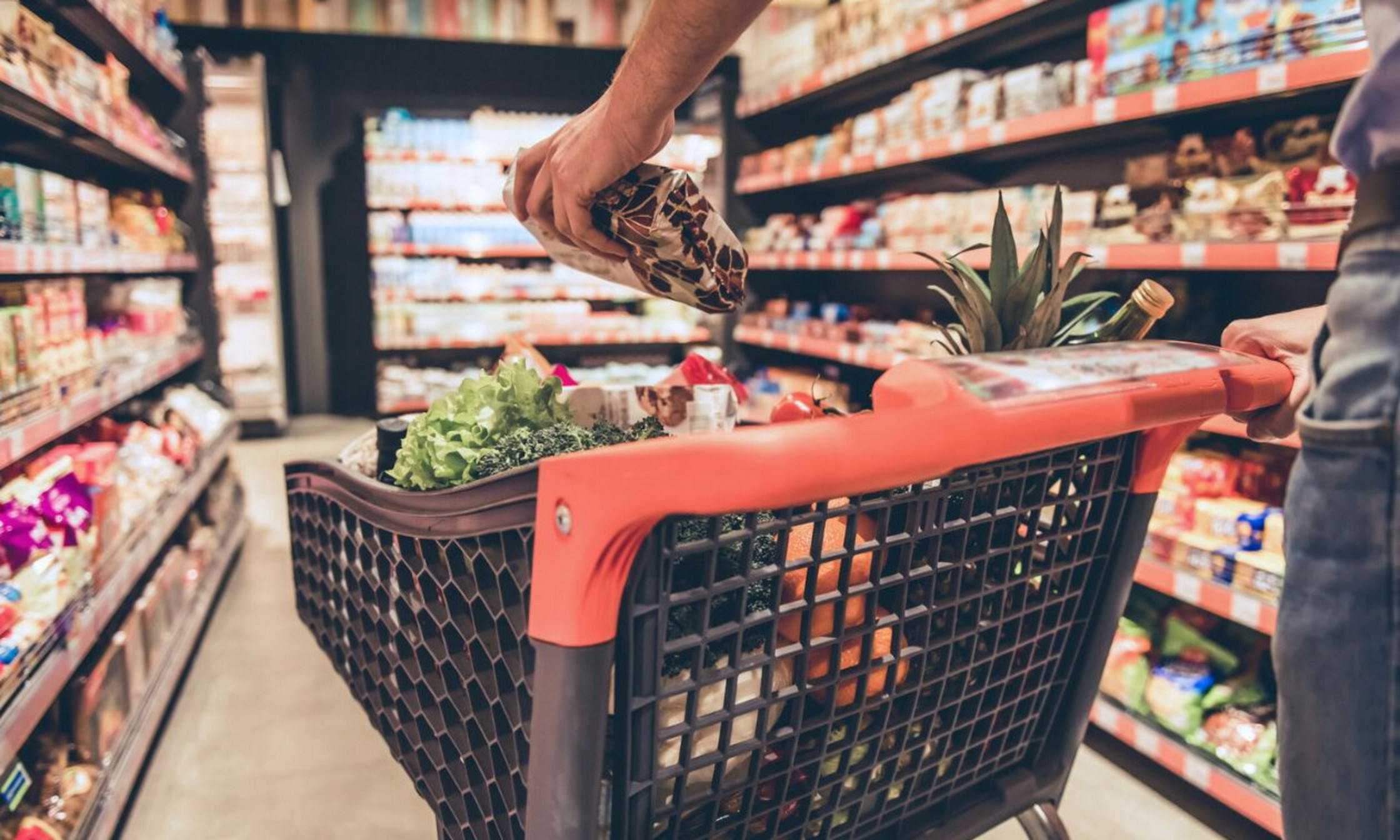“Forever chemicals” in our food?

Per- and polyfluoroalkylated substances (PFAS) are known as “forever chemicals” because they break down very slowly and persist in the environment. These ubiquitous contaminants are harmful to human health. There are strict limits on their presence in drinking water.
Most people are exposed to PFAS mainly through food. But there is little scientific data on PFAS concentration levels in the food we buy at the grocery store.
How contaminated is the food we eat? What types of products are most likely to contain high levels of PFAS? How did they become contaminated in the first place?
Sébastien Sauvé, a professor in the Department of Chemistry at Université de Montréal, is working with Marc-André Verner, a professor in UdeM’s School of Public Health, to answer these questions. Together, they are studying and documenting PFAS exposure through Quebecers’ grocery baskets.
Large-scale data collection

Sauvé’s team began visiting Quebec grocery stores and fast food outlets to collect food samples several months ago and the process will continue through the summer. They’re picking up fish, seafood, meat, dairy products, vegetable proteins, fats, eggs, bread, fruits, vegetables, prepared meals and more.
“We’re looking at a very broad range of foods to see whether there are some that were made with contaminated ingredients or were contaminated in the handling process,” said Sauvé. “We also want to see whether there’s a difference between frozen and fresh products, products wrapped in plastic, organic products, farmed and wild fish, and products from different parts of the world.”
The general picture is not yet clear but the preliminary data suggest that some fish (especially top predators), seafood (particularly filter-feeders) and meats contain higher levels of PFAS. Dairy products appear to have moderate concentrations and plant products very low or barely detectable concentrations.
“We also suspect that liver and other offal accumulate more contaminants, as do ultra-processed foods, since they undergo more handling,” Sauvé added.
Identifying the causes to intervene upstream
By characterizing a variety of agri-food products, Sauvé and his team also hope to identify the main sources of PFAS and propose solutions. Potential sources range from farming practices that contaminate the soil to PFAS-treated packaging and contaminated natural habitats.
“Eventually, we’d like to be able to influence government regulations and see certain types of packaging, agricultural inputs, processing methods and products from particularly contaminated parts of the world banned or controlled,” said Sauvé.
The project’s ultimate goal is to reduce Quebecers’ exposure to PFAS and mitigate the harmful effects of PFAS contamination on human health. PFAS can build up in the body and reduce immune response, disrupt liver and thyroid function and increase the risk of kidney cancer.



